10 Tips for Planting Flower Bulbs in Fall for a Beautiful Spring Garden
Did you know that those stunning tulip, daffodil, and hyacinth flower bulbs we all swoon over in spring actually get planted in the fall? It’s true! By tucking bulbs into the ground before winter sets in, you’re giving your future spring garden a head start.
As summer turns into fall and our gardens lose their colorful blooms, it’s the perfect time to think ahead to those gorgeous spring flowers.
Let’s dig into the why, the what, and the how—plus 10 of my best tips to help you plant bulbs this fall for the most beautiful spring display.

As an Amazon affiliate, I earn a commission from qualifying purchases at no additional cost to you. My blog also features other affiliate links for your convenience. Click here to read my privacy policy.
Why Plant Bulbs in the Fall?
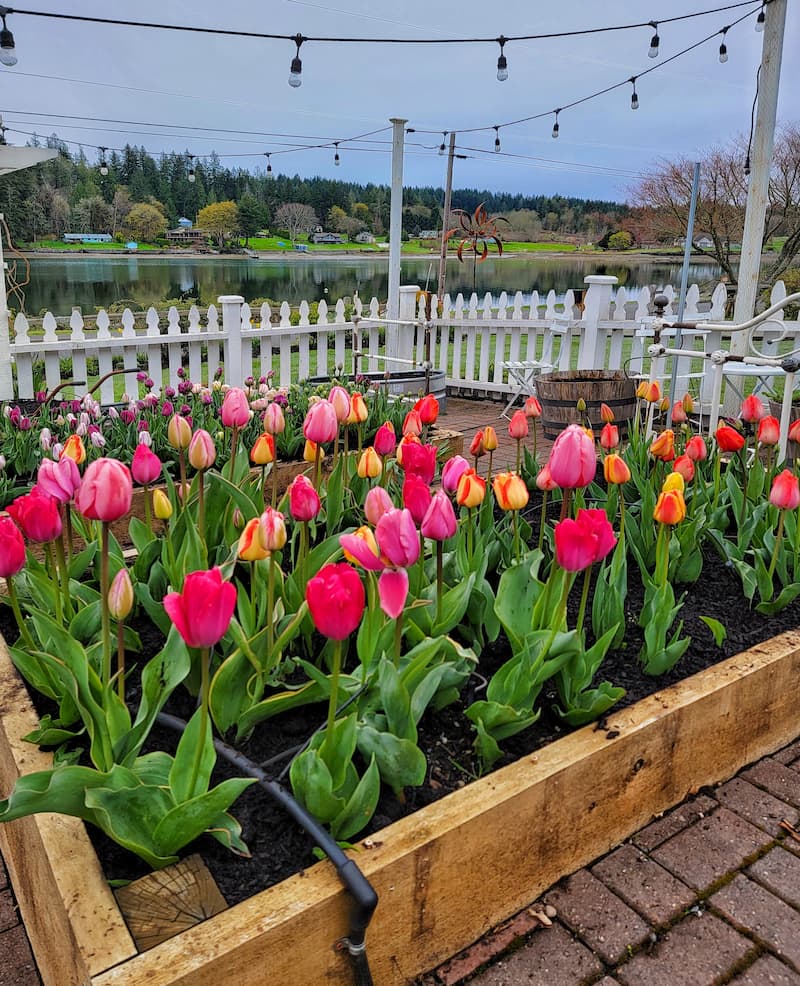
Spring-blooming bulbs need a cold period to “wake up” and start growing. By planting in the fall, you’re giving them time to establish strong roots before the ground freezes. Come spring, they’ll burst into bloom right on cue.
ANOTHER SPRING BULB POST
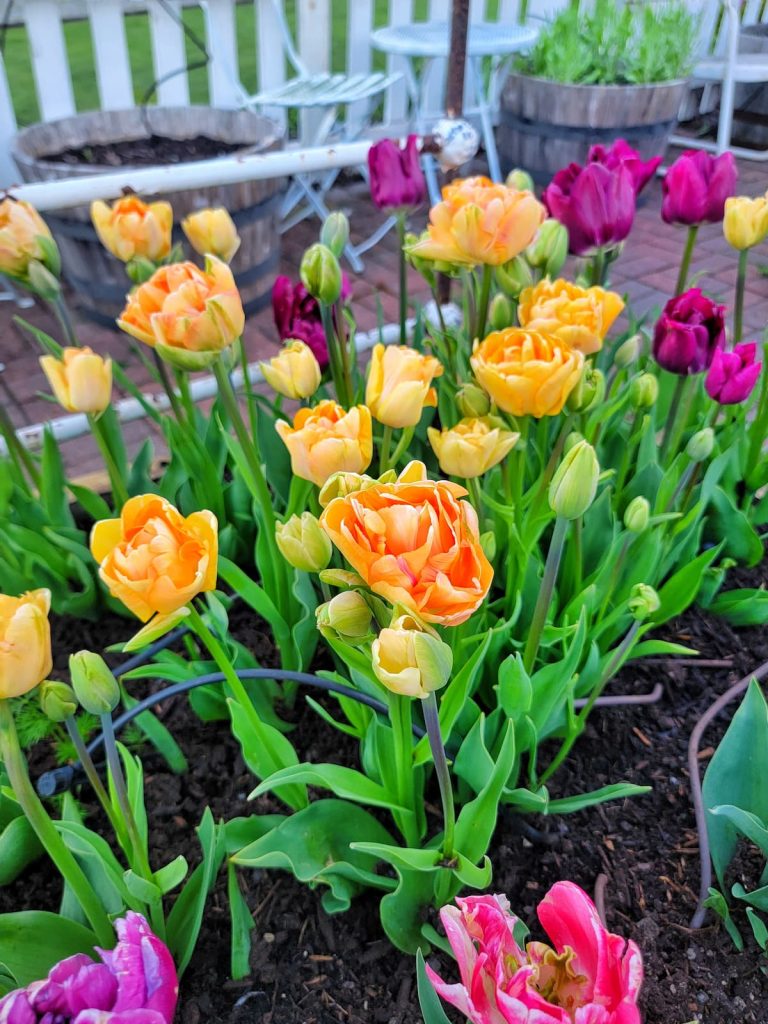
With a little planning, you can stagger bloom times (early, mid, and late spring) for nonstop color all season long.
Popular Bulbs to Plant in Fall
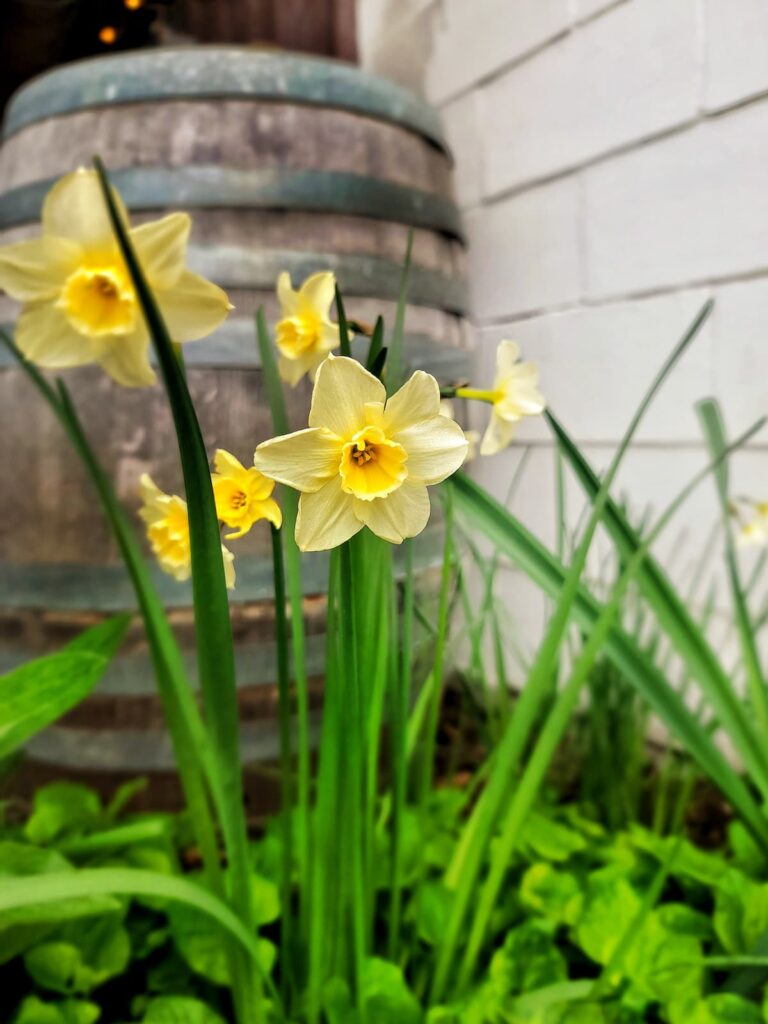
Here are some reliable favorites to add to your fall planting list:
10 Tips for Planting Spring Bulbs in the Fall
1. Buy Bulbs at the Right Time
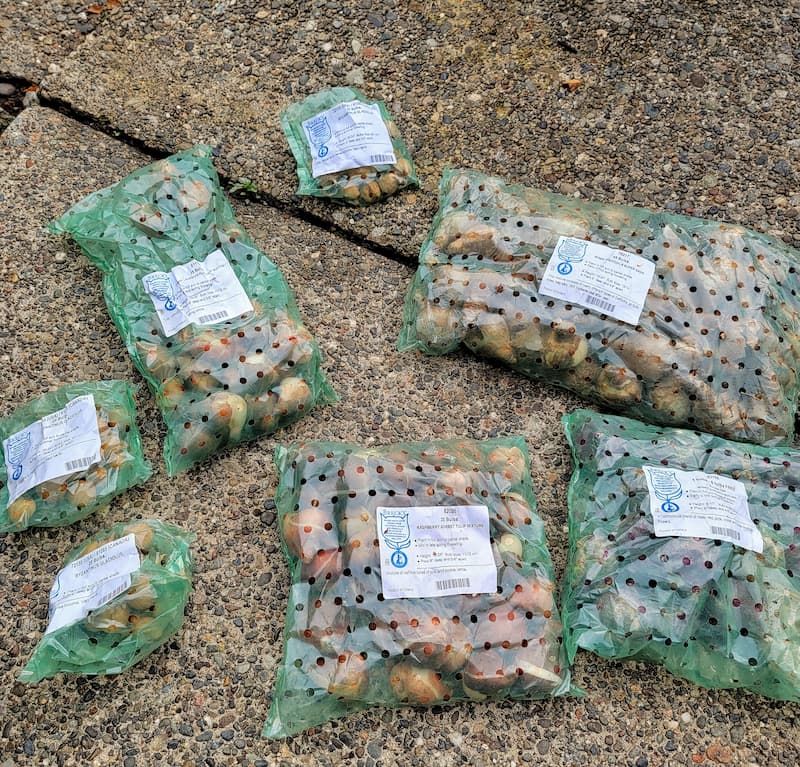
Bulbs can show up in stores as early as August. You can either buy early and store them properly until planting, or order online closer to fall.
2. Choose Quality Bulbs
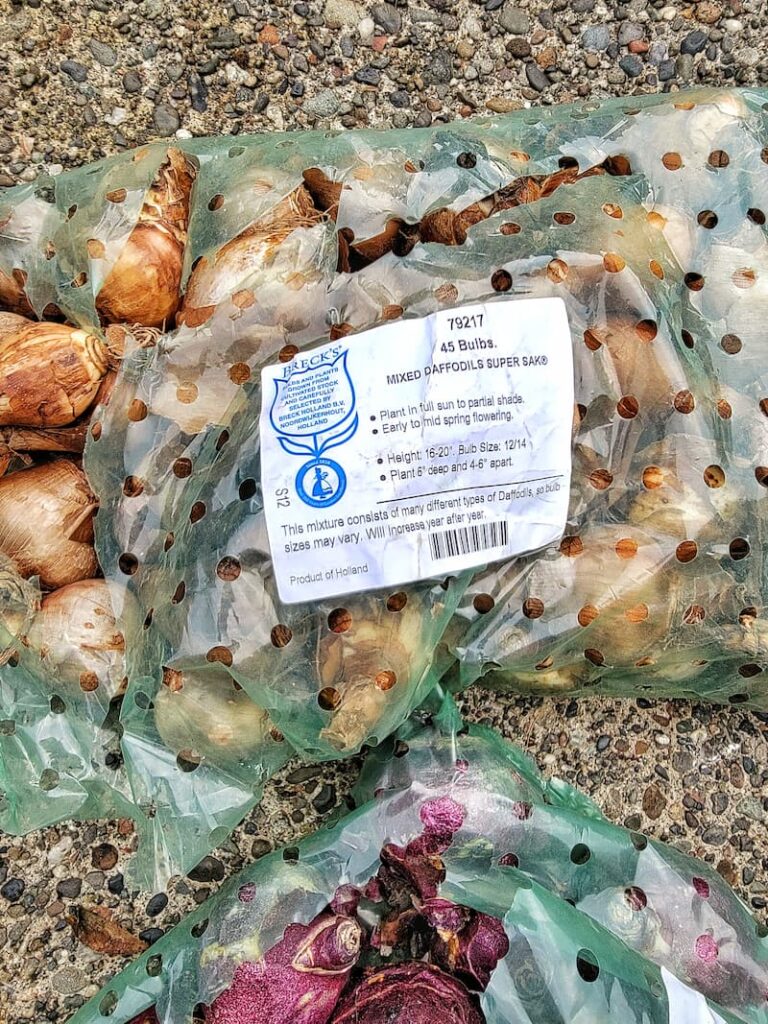
Select plump, firm bulbs without soft spots or mold. Bigger bulbs usually produce better blooms.
3. Store Bulbs Carefully

If you buy early, keep them in a cool, dry, dark spot (50–60°F). Mixing bulbs up is too easy, so don’t remove them from their labeled bags.
4. Pick the Right Planting Spot
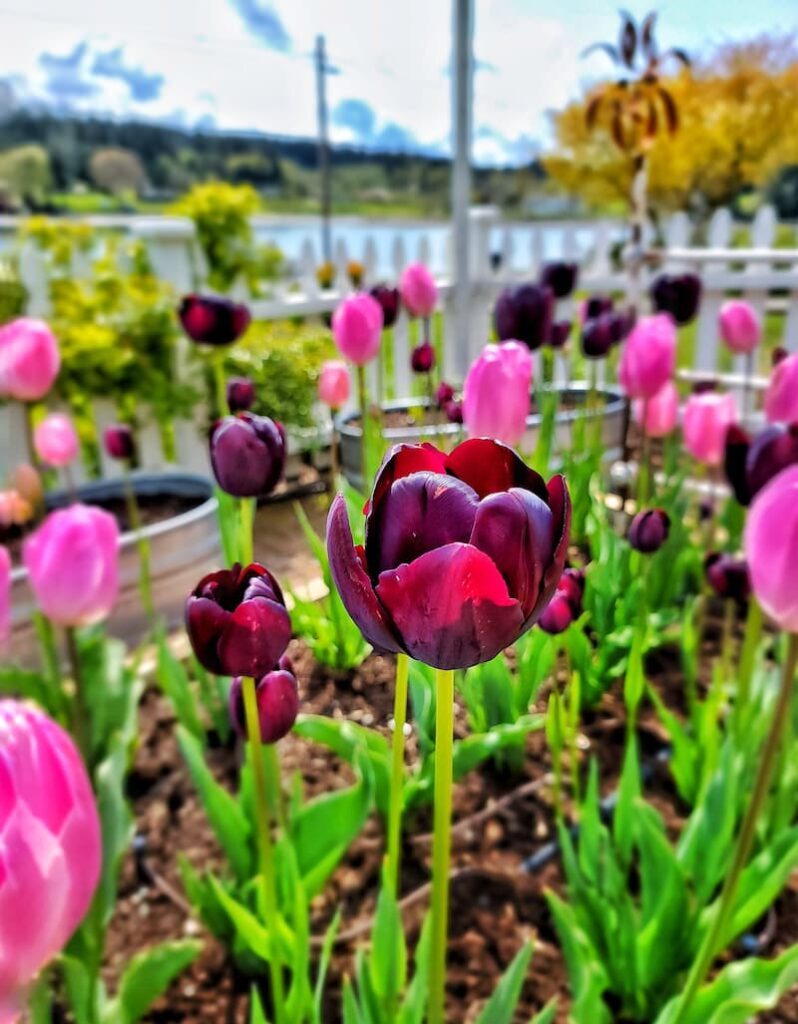
Most spring flower bulbs do their best in full sun and well-drained soil. Avoid soggy spots, since bulbs will rot in standing water.
5. Plan for Bare Spring Spots

Think about where your garden looks empty in early spring—under deciduous trees, in perennial beds, or around shrubs—and fill those gaps with bulbs.
6. Follow the Rule of 3 for Depth
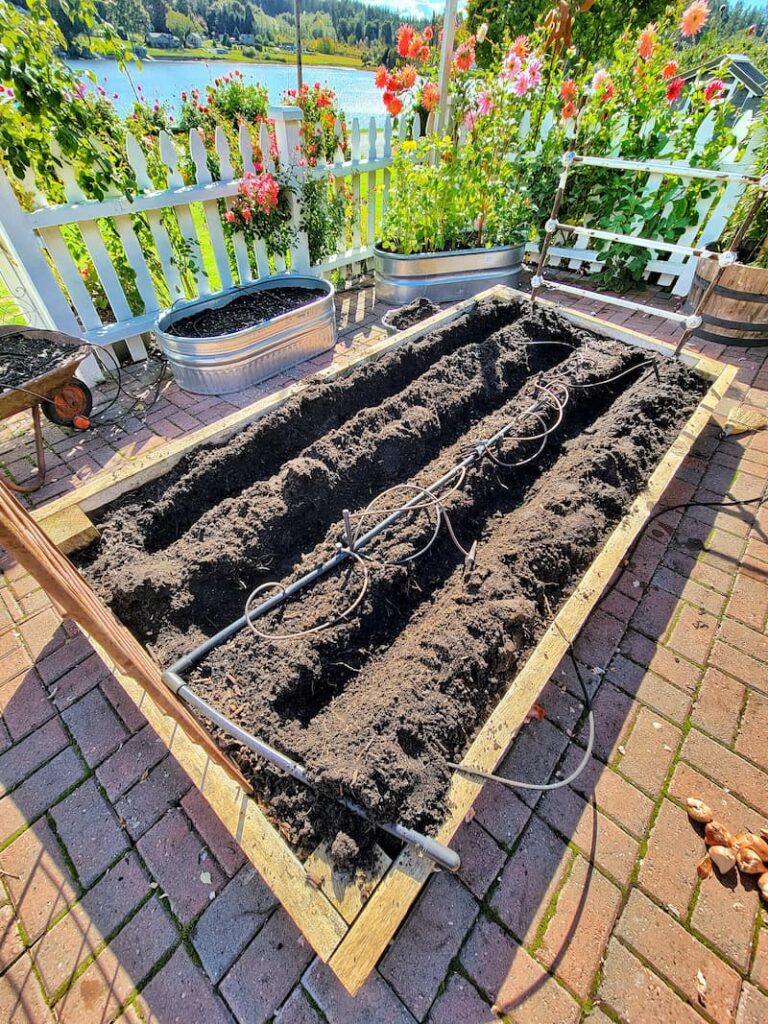
Plant bulbs about three times as deep as their height. A 2″ bulb should go 6″ into the ground.
Tools You’ll Need To Plant Bulbs
7. Plant in Clusters
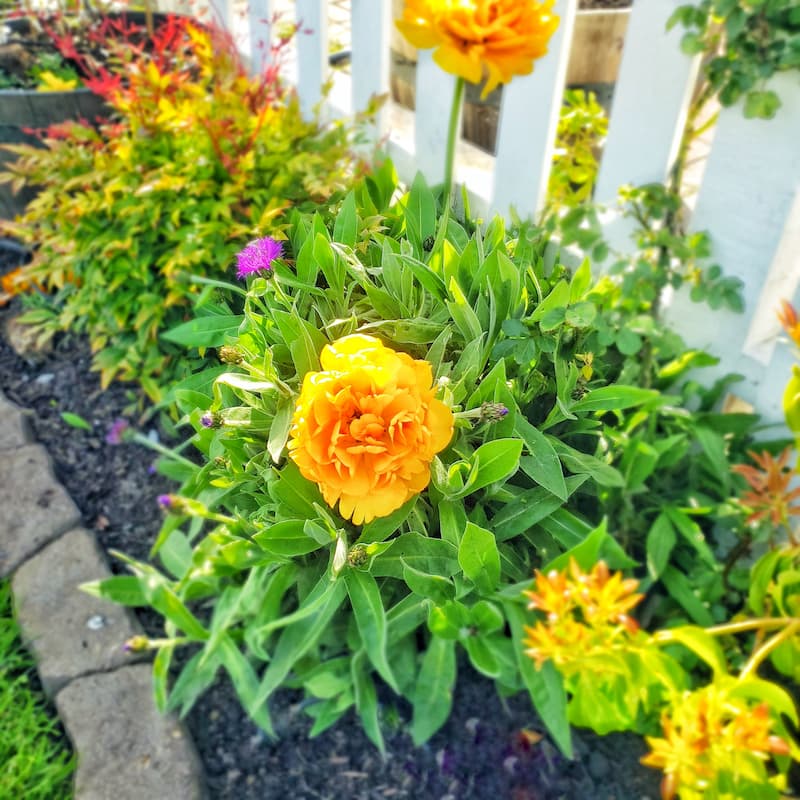
Bulbs look best in groups or drifts. Odd numbers (5, 7, 9) feel more natural than straight rows.
8. Point Bulbs the Right Way
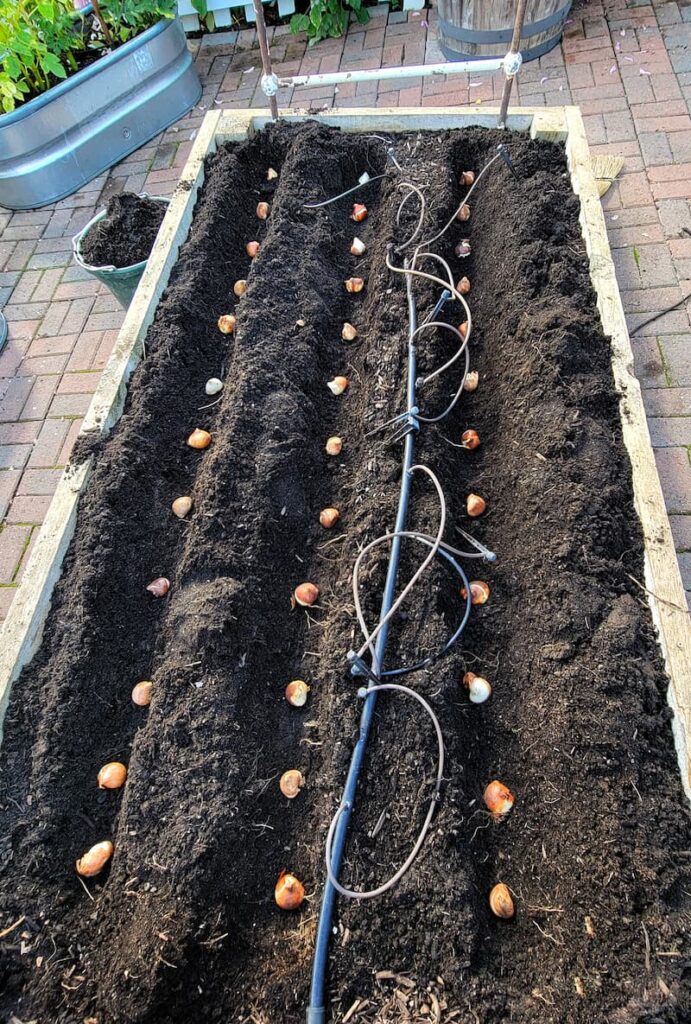
Place bulbs pointy-side up. If you’re unsure, plant them sideways—they’ll find their way up once spring comes.
9. Water After Planting
Give bulbs a good soak to settle the soil, remove air pockets, and jump-start root growth.
10. Mulch for Protection

A 2–3″ layer of mulch helps conserve moisture, insulate against temperature swings, and disguise freshly dug holes from curious critters.
Extra Planning Tips
Hide Spent Foliage
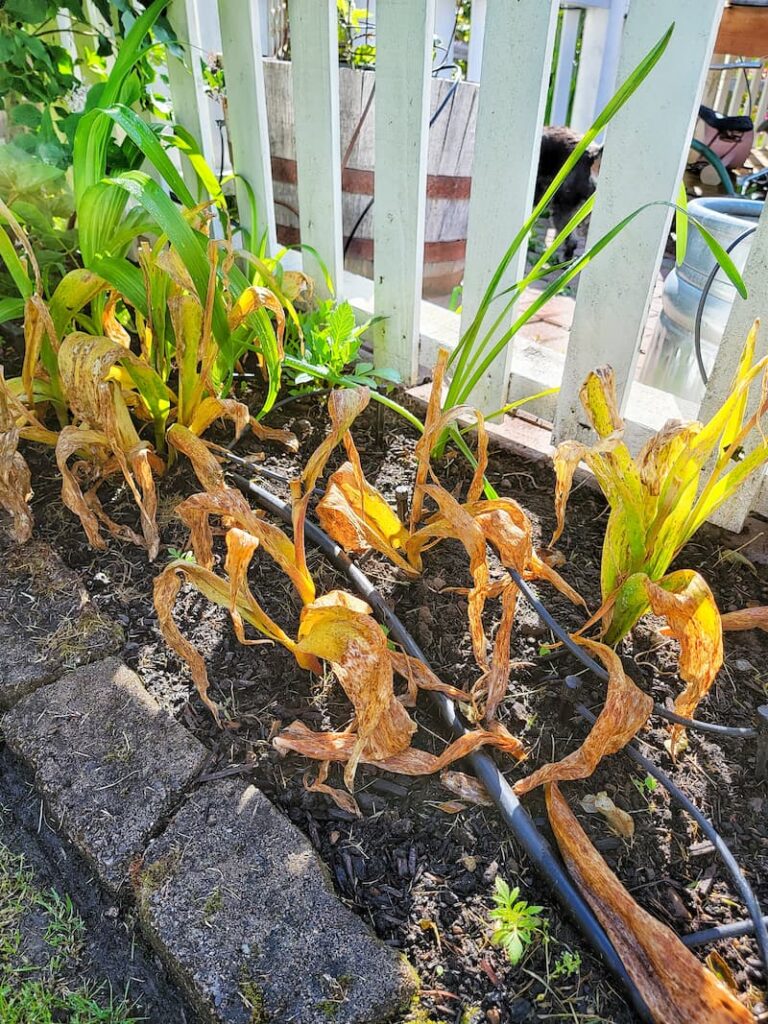
ANOTHER SPRING BULB POST
Bulb leaves need time to die back naturally so they can recharge for next year. Plant bulbs behind perennials so emerging foliage will disguise this messy phase.
Know the Timing
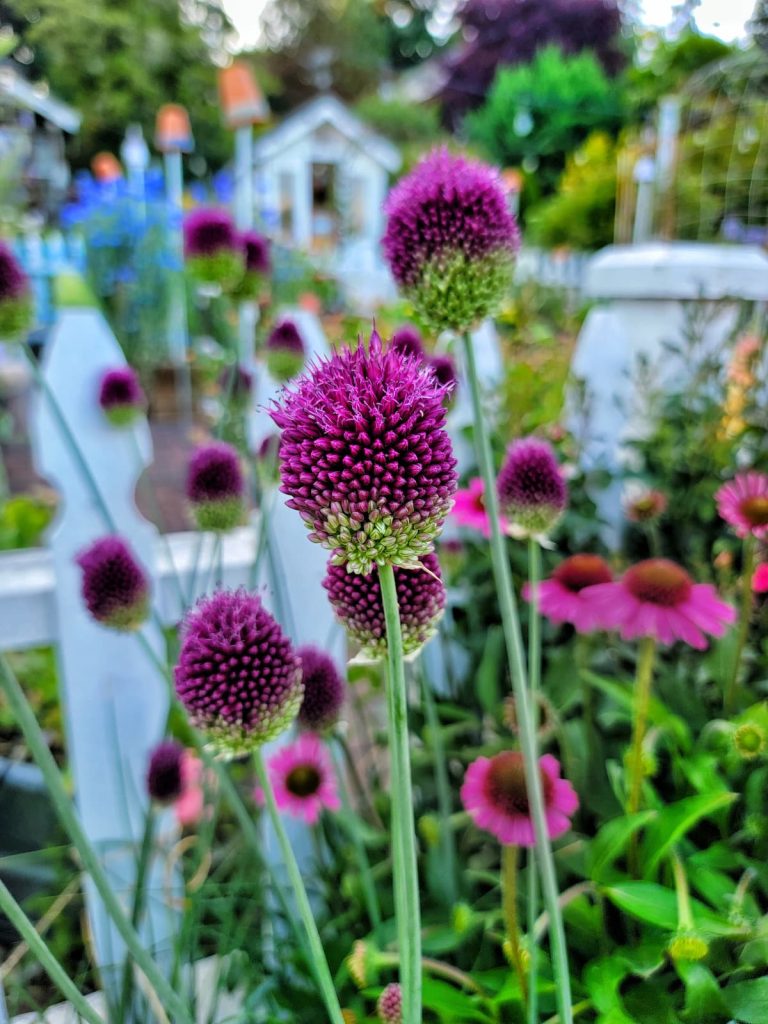
Try to plant the spring bulbs about 6 weeks before the ground freezes, ideally when nighttime temps are 40–50°F. In my Zone 8b garden, that’s usually September through late October.
Live in a warmer climate? You’ll need to pre-chill bulbs in the refrigerator (6–10 weeks). Just keep them away from fruit—the ethylene gas can ruin them.
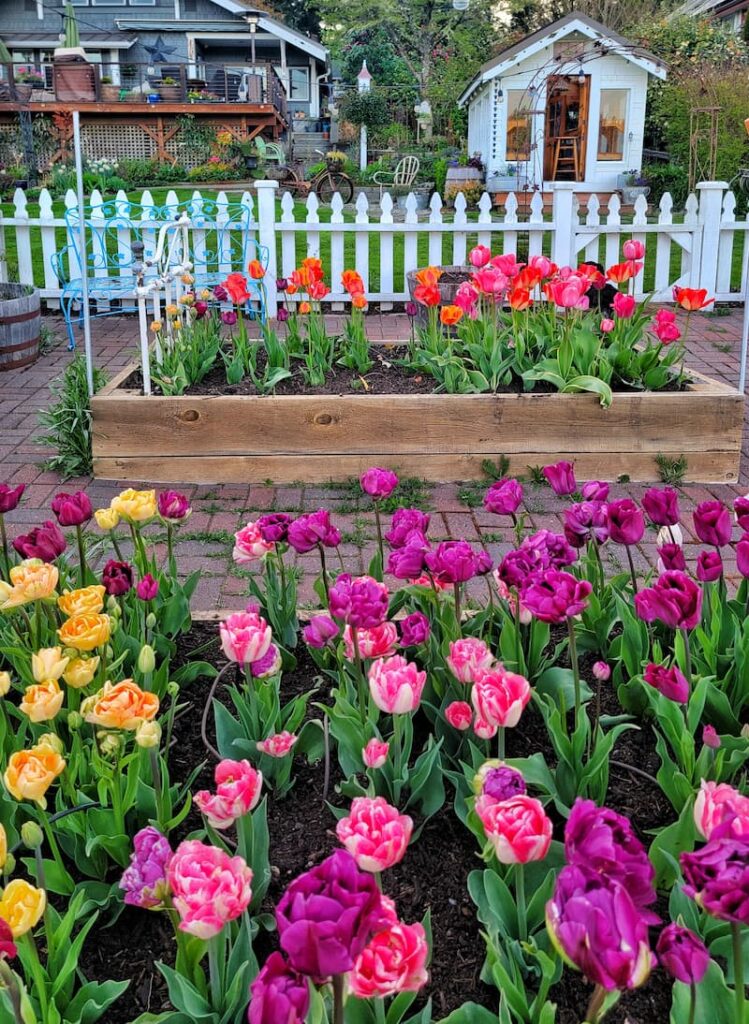
Timing is everything! If you plant the bulbs too early, they won’t bloom. If they are planted too late in the fall seaso,n their roots will not establish.
Prepare the Soil

Remove weeds, loosen soil, and mix in compost or organic matter. I like adding peat moss for drainage, since soggy soil is the #1 cause of rotting bulbs.
Think About Design
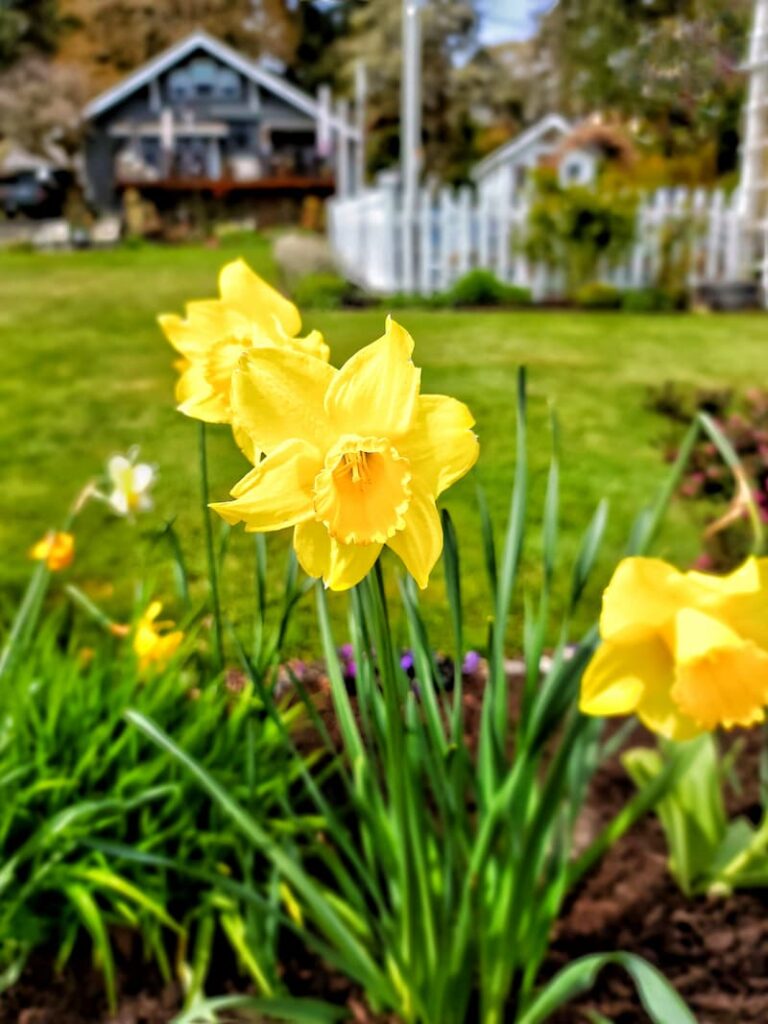
Fertilizing
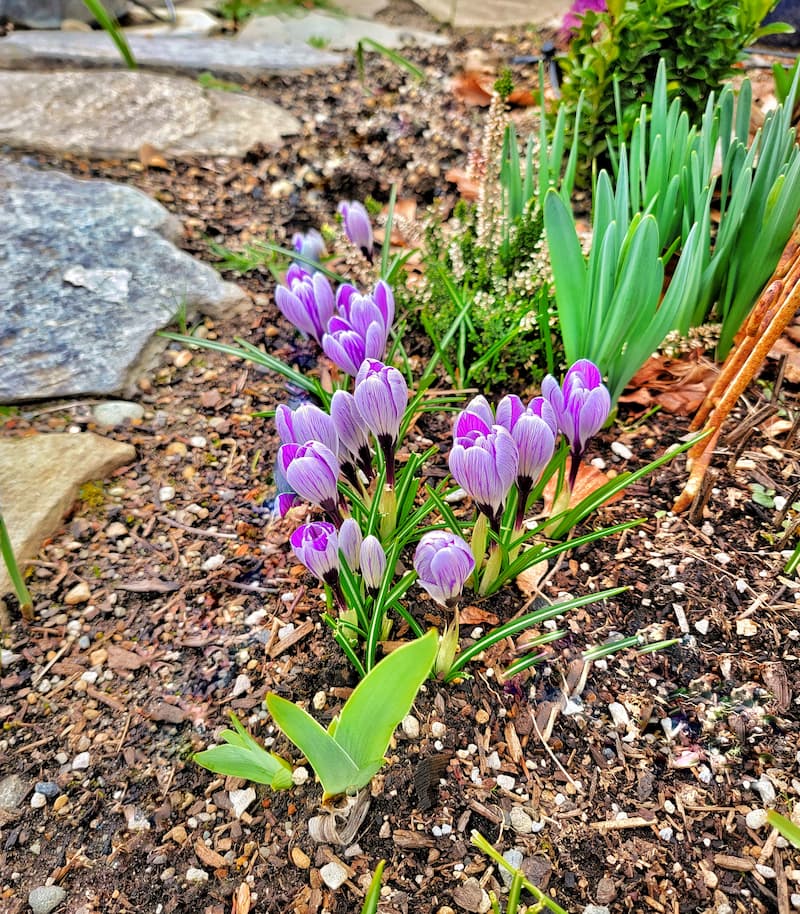
Skip fertilizer in fall when bulbs will be dormant. Wait until shoots appear in spring, then feed to support growth.
ANOTHER SPRING BULB POST
The Perfect Time to Cut Back Spring Bulb Flowers and Foliage
Common Questions About Planting Bulbs
Should You Soak Bulbs Before Planting?
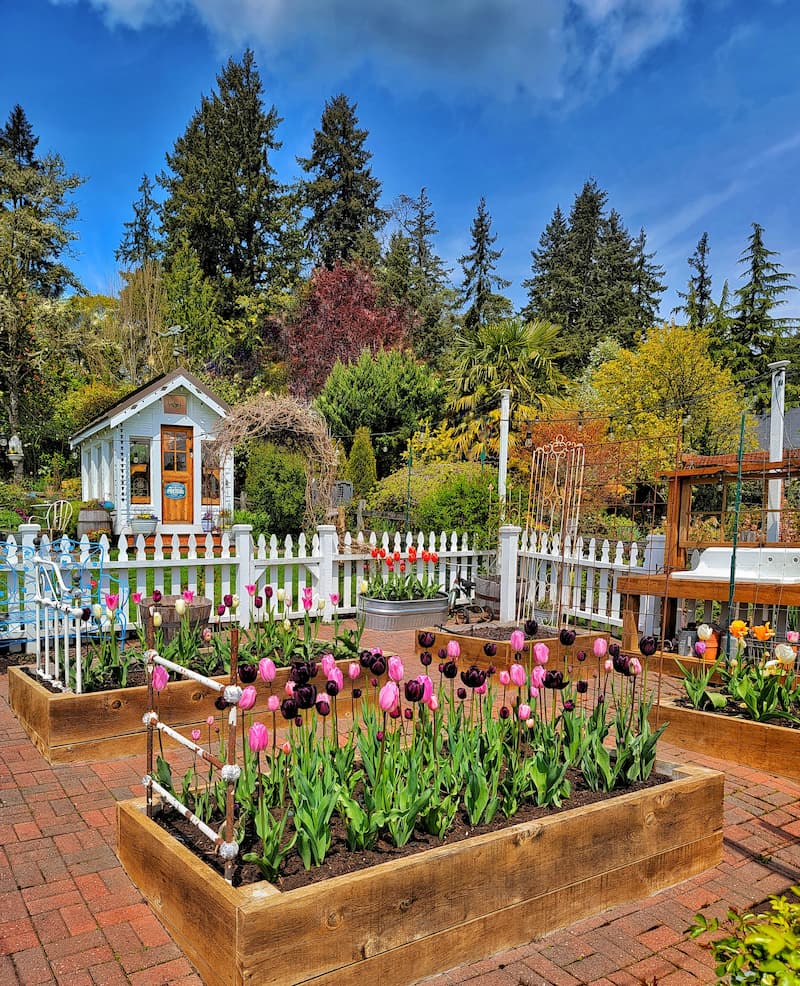
Not usually. The exception: very large bulbs (like daffodils or tulips) with tough outer layers, or if your soil is extremely dry. In that case, a short soak (up to 12 hours) can help jumpstart root growth.
Do Bulbs Need Refrigeration Before Planting?
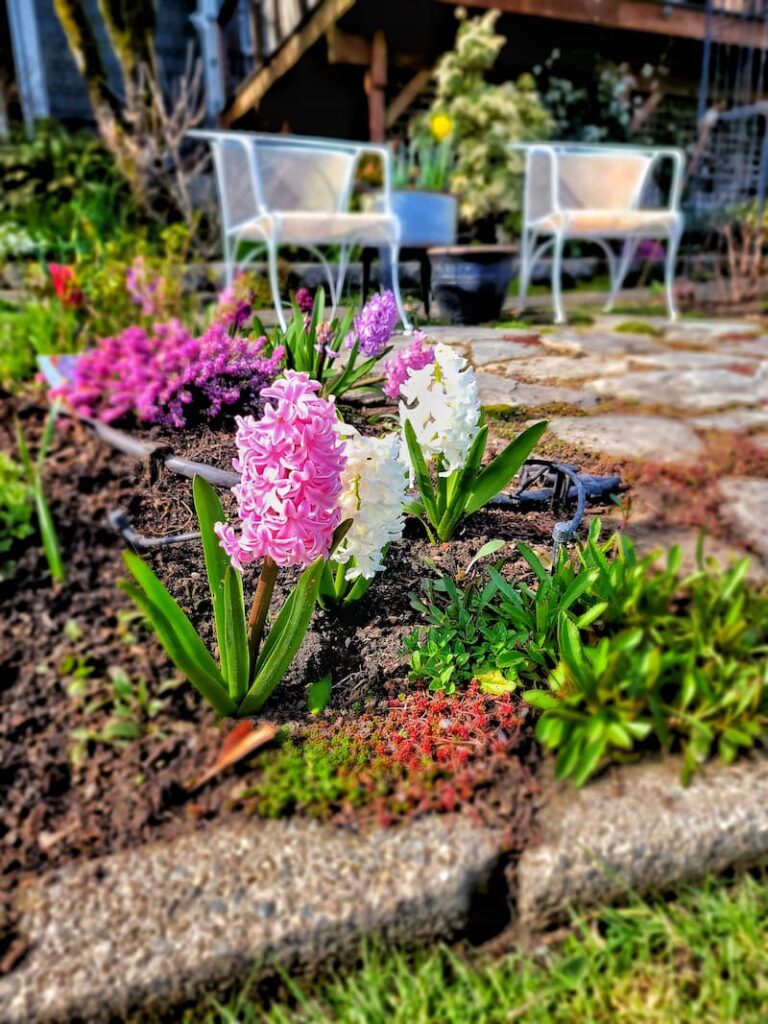
Only if you live in a warm region without consistent winter chill. Most gardeners in cooler climates don’t need to refrigerate bulbs.
How Long Do Bulbs Last Unplanted?

Most stay viable for a few weeks to a couple of months if stored properly—cool, dry, dark, and ventilated. Always check for mold or shriveling before planting.
Final Thoughts On Planting Spring Bulbs in the Fall
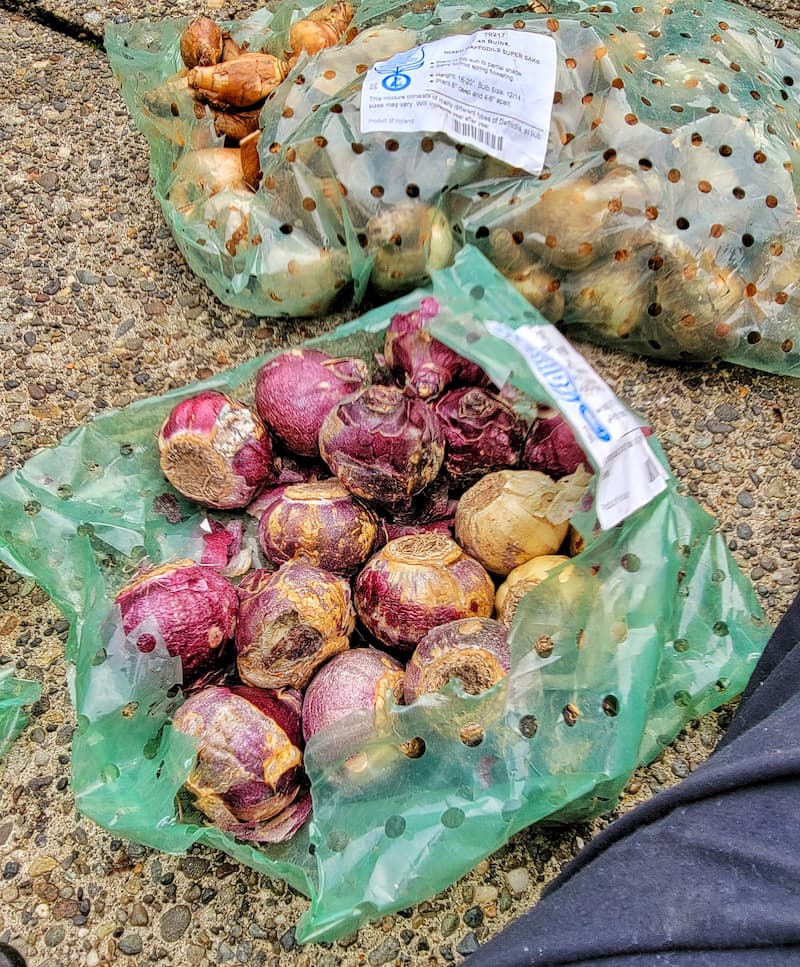
Planting bulbs in the fall is one of those small gardening chores that pays off in a big way. A little planning and effort now will reward you with months of color next spring.
Whether it’s the first snowdrop peeking through or a big drift of tulips stealing the show, bulbs bring so much joy after a long winter.
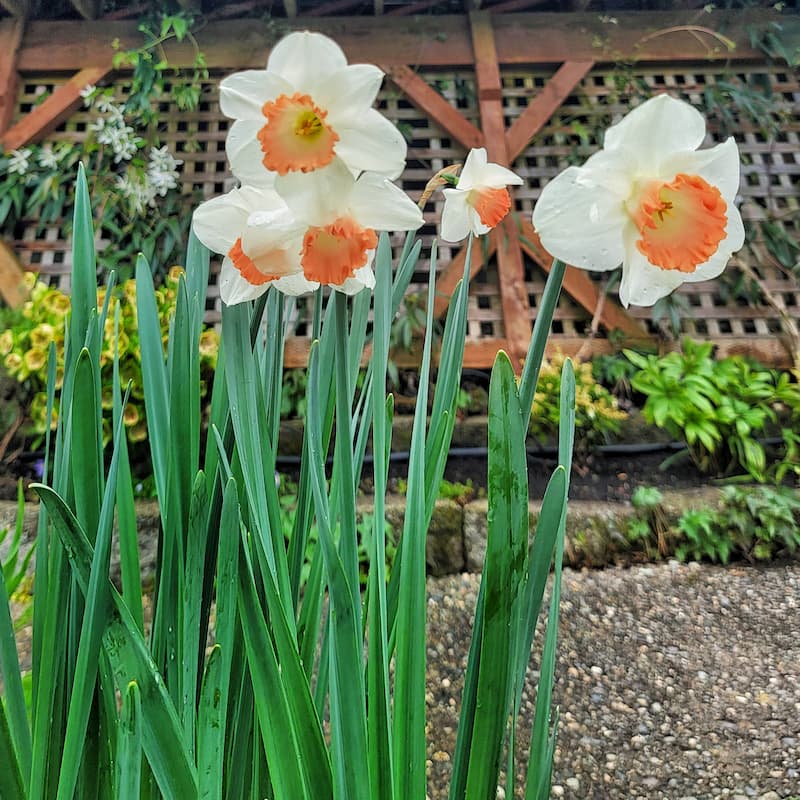
If you’re new, start with a few tried-and-true favorites. And if you’re like me, you’ll probably end up planting “just one more bag” every fall until your garden is bursting at the seams!
Until next time.
Happy Gardening!

I’m a self-taught hobby gardener. Everything I share on my blog is my opinion and what has worked for me.
MORE POSTS
For You To Enjoy
Follow Me for More Inspiration
Shop my Amazon Storefront, LTK sources, and my favorite home decor, garden, and lifestyle products. When you purchase from one of my links, I earn a small commission, which helps me continue sharing all the content you expect on my blog.
Be sure to follow me on Pinterest, Instagram, Facebook, TikTok and LIKEtoKNOW.it. Do you like gardening? Join my Facebook Gardening Tips & Tricks group.

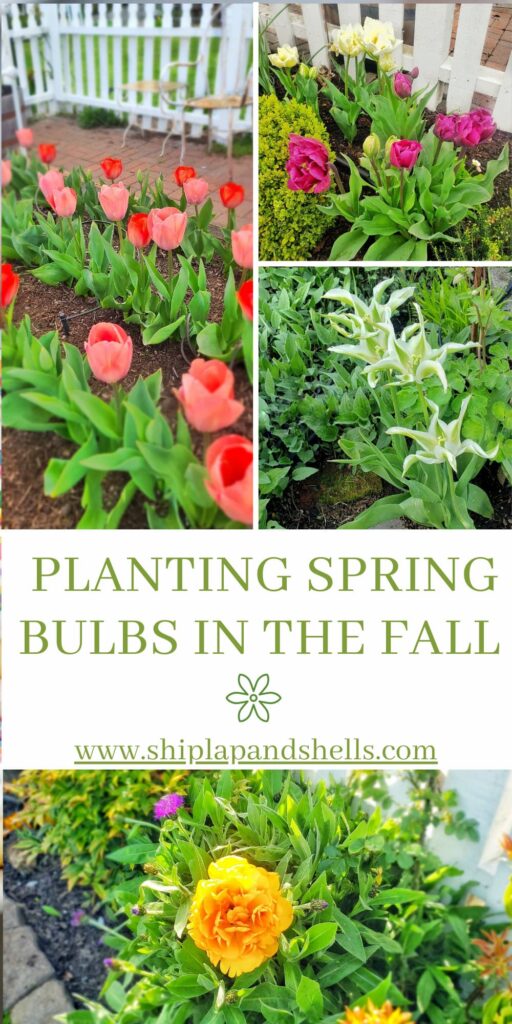

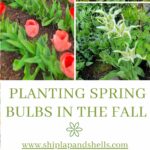
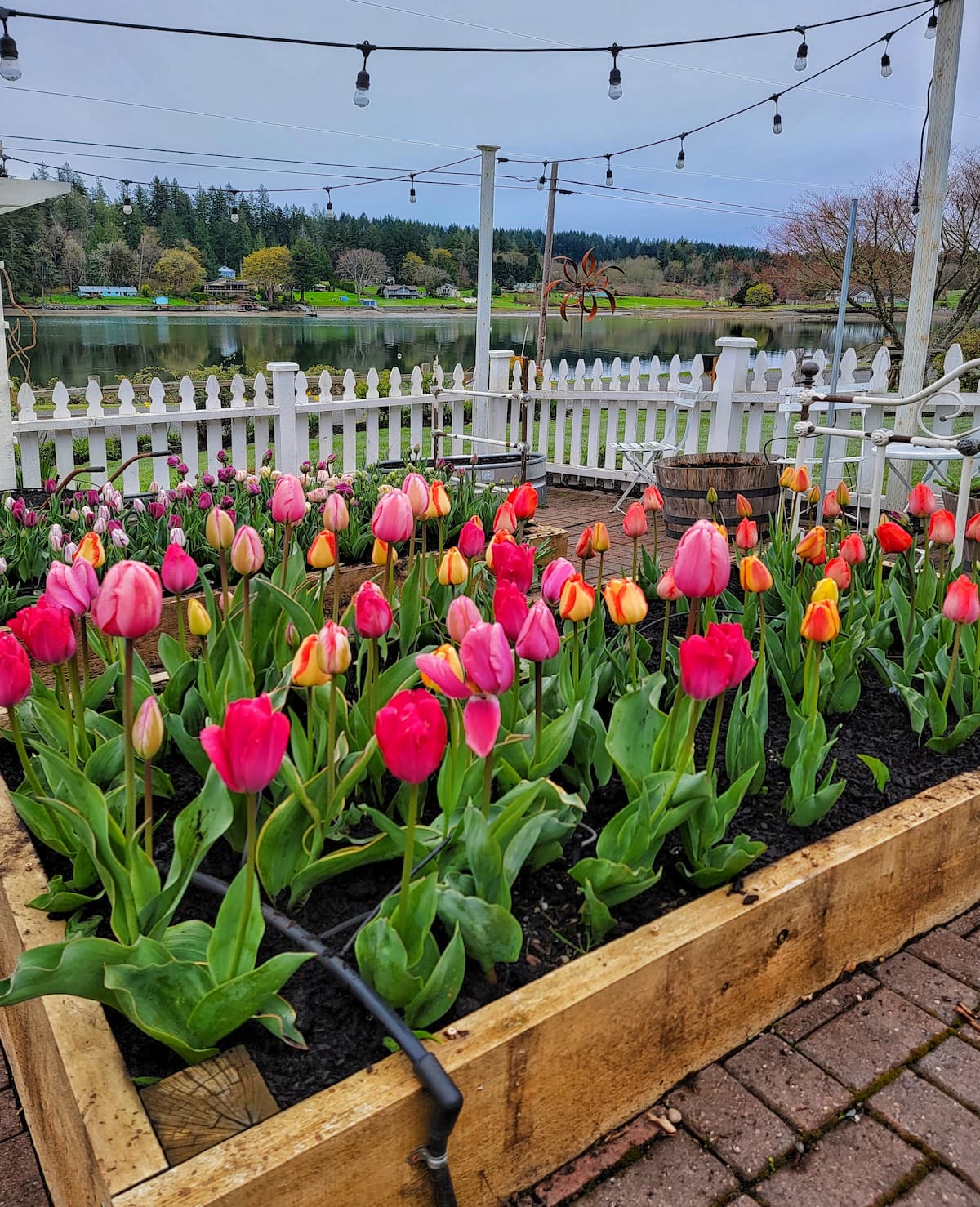
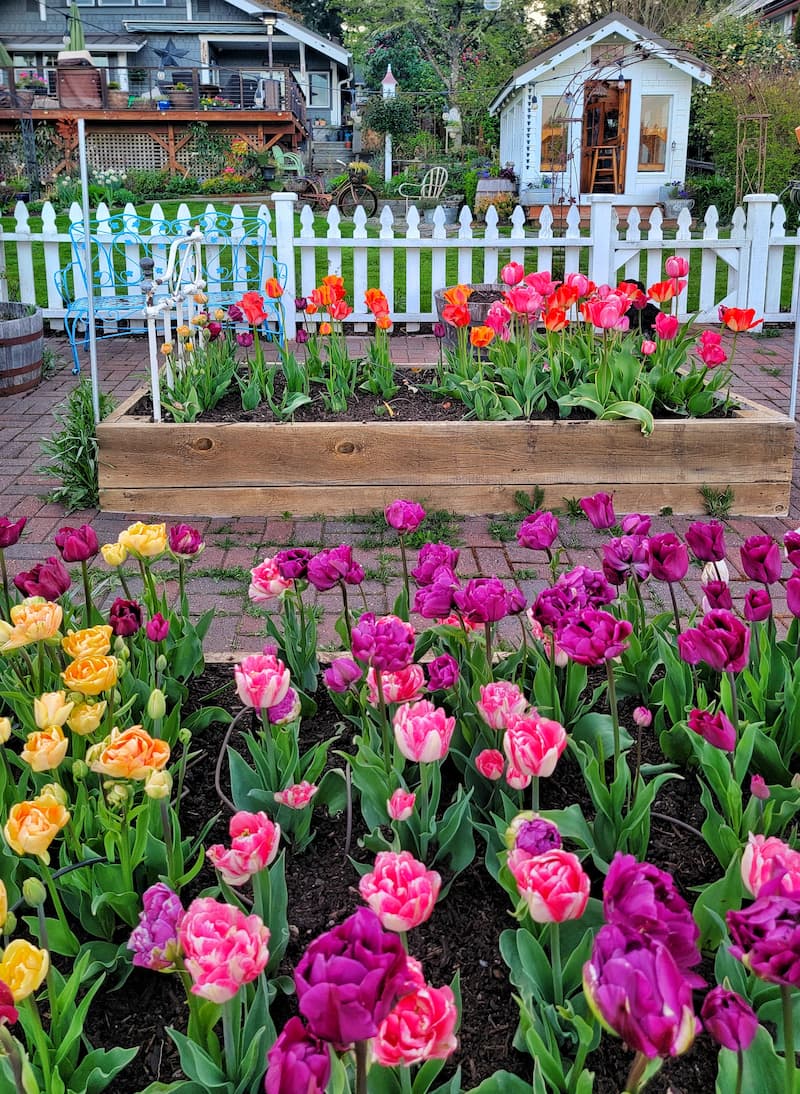
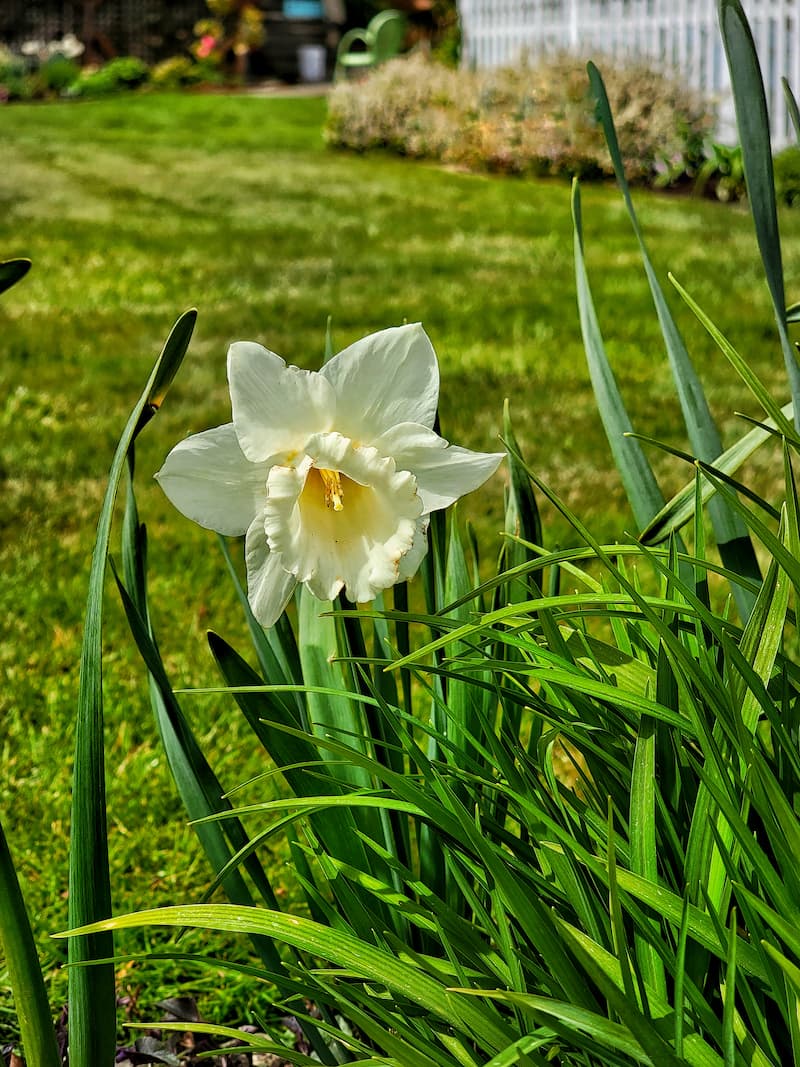
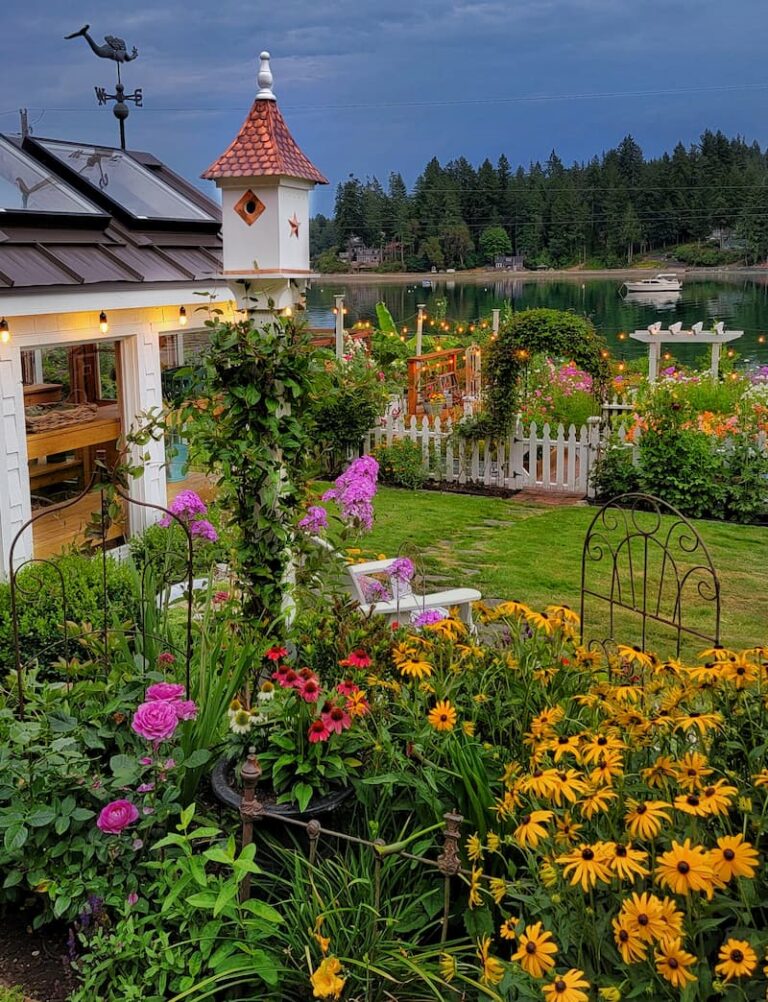
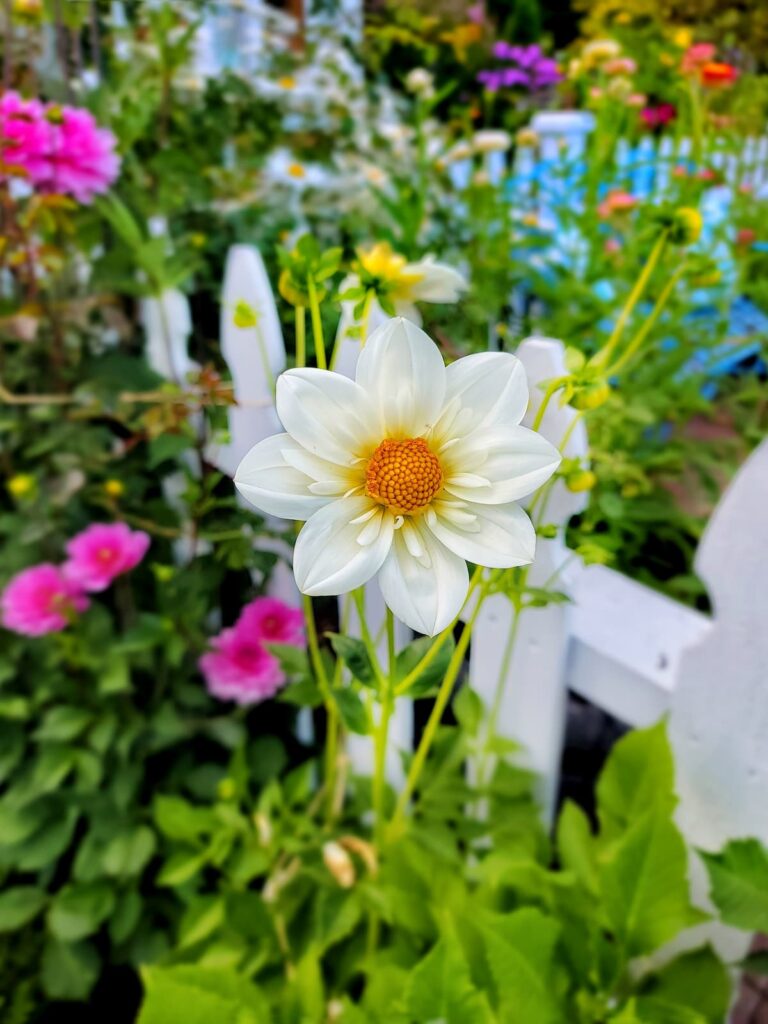
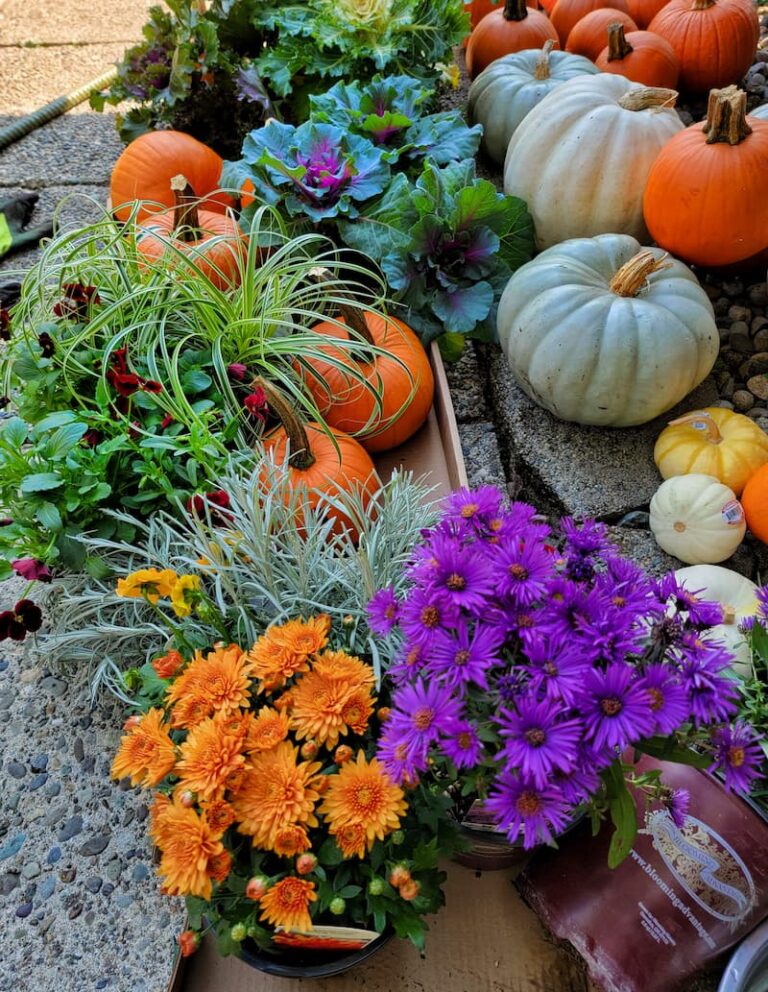

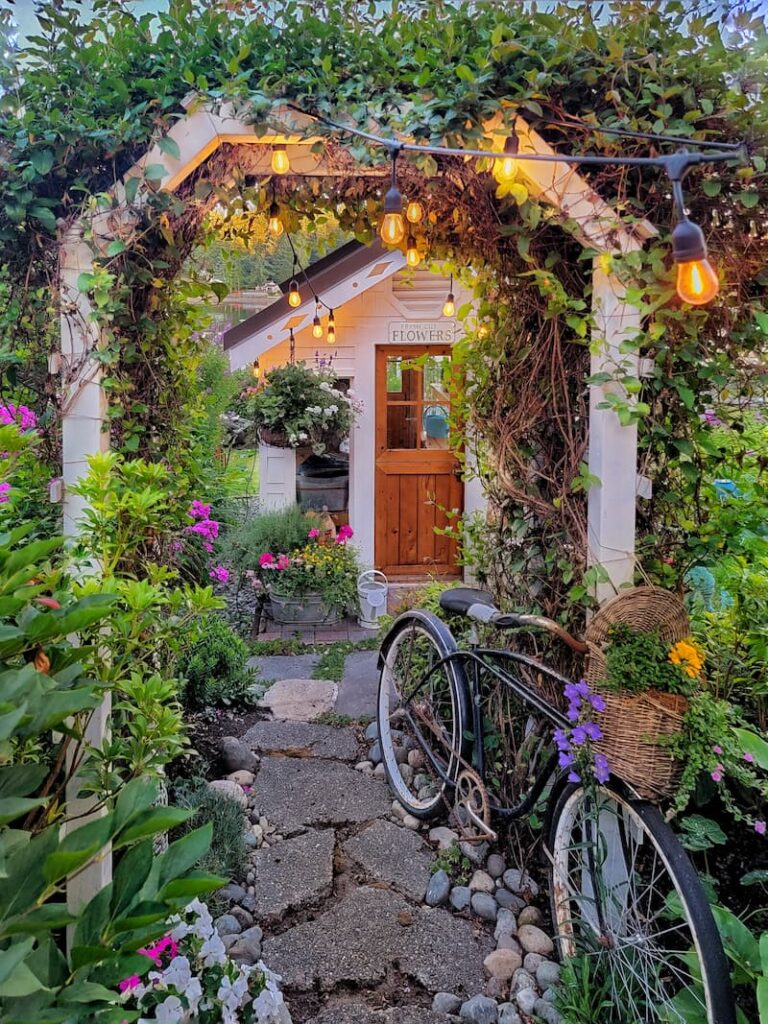

Wow great tips!
I absolutely LOVE your gardens! Thank you for the beauty you share—like a great artist! I can’t get enough of your plantings, color & creativity. You have a gift!
Thank you so much, Sandi. That is such a sweet thing to say and it really means a lot. Thank you for being here.
Kim, I’m going to include this post in a tulip post I’m sharing tomorrow morning. Your tulip beds are just amazing!
That’s so sweet of you. Thanks so much, Ann.
Kim, so many great tips I’m behind with fall gardening!
Thanks, Rachel. I’m behind on my fall planting too. I seriously don’t know where the time goes.
I was wanted to plant a lot of Spring bulbs this year for the first time, but won’t be able to since we are looking to move. You have such beautiful ones! I will be using your great tips when I do. thanks for sharing your knowledge!
Thanks so much, Melba. I hope you are able to plant spring bulbs on your new property next year.